Alright – so today we’ve got the honor of introducing you to Ewa Romaszewicz. We think you’ll enjoy our conversation, we’ve shared it below.
Ewa, looking forward to hearing all of your stories today. Can you tell us about a time that your work has been misunderstood? Why do you think it happened and did any interesting insights emerge from the experience?
It seems as though people like to attach strict labels to others, whereas it is my belief that many people are multidimensional. When I was a biochemist, it was hard for some people to believe that I could also be a good artist. Most often people thought that I just dabbled in art. When I became a full-time artist, people sometimes assumed that even though I studied biochemistry, I’d never actually been involved in the field, I was in fact quite involved as a researcher and I was good at it!


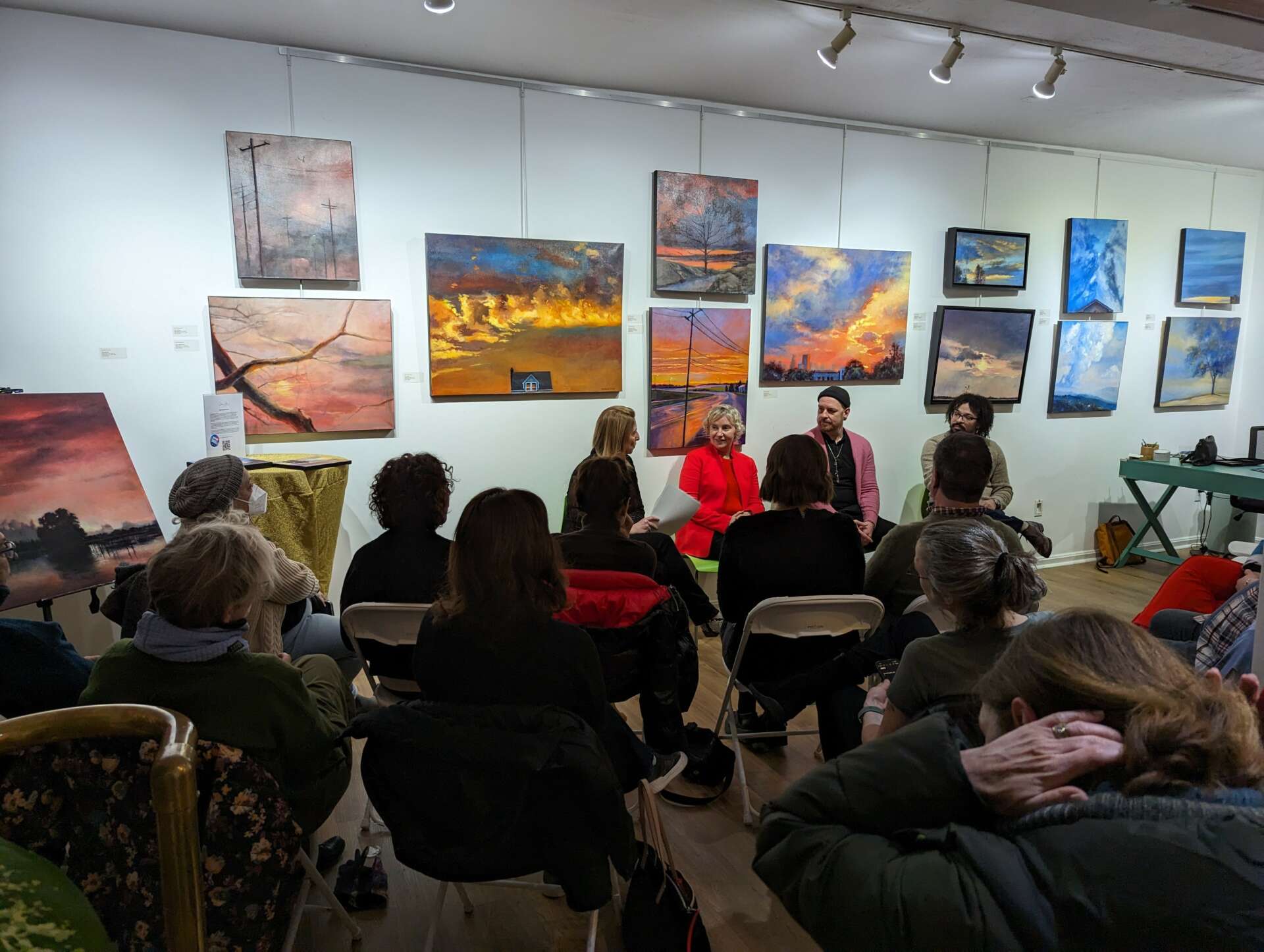
Ewa, before we move on to more of these sorts of questions, can you take some time to bring our readers up to speed on you and what you do?
I had a wild imagination and was interested in self-expression ever since I could remember. The same goes for painting: I was entranced by a reproduction of an oil painting that I saw in a book before I could even read. Becoming a creative seemed fated, though it took some time to discover what shape my creative journey would take.
My family came to the United States from Poland when I was six years old. My grade school teachers supported and sometimes tolerated my individuality. My high school art teacher saw before I even did that art was my calling and planted the seed in my mind that art could be my future.
I eventually became an oil painter and an adjunct professor at the University of Rhode Island and at the Community College of Rhode Island. I could not possibly be happier with those choices. The path that ultimately took me to where I am now was winding, often forked but rich. I was intent on learning, experiencing and exploring the world in my youth (as I am now). I studied at Brown University and got both a Bachelor of Science in Biochemistry and Bachelor of Fine Arts in Visual Art. After that I became a biochemist and worked in academic labs in the US and in Germany and in the pharmaceutical industry at Pfizer and Millennium. At this point I was making art on the side. Eventually the pull to make art was so strong, that I could not leave it on the side burner any longer.
I applied and got accepted to a number of graduate schools but chose to go to Indiana University in Bloomington to get a Masters Degree in Painting. After graduate school, I was a lucky recipient of a Fulbright grant. I spent a year in Switzerland immersing myself in Swiss culture and searching for the most genuine expression of self. I was also studying the French language, in which I am now fluent.
Upon my return to the United States, I became a mom to two little girls who added a whole new level of intensity to my life and art.
My painting feeds from all my past experiences, travels, philosophies I entertained and knowledge that I accumulated. As life refined and sometimes redefined who I am, those changes echoed in my work.
In each of my paintings, I create an invented emotional or conceptual state of mind, or mindscape while aiming to master the formal elements
of painting. Some paintings are more emotional or philosophical in nature while others address contemporary social or political issues. Through my work, I invite you to explore a familiar subject matter in art but let the nuances of each piece entice you to uncover the complexity of its message.
I consistently show in New England and have shown nationally and internationally. My work was exhibited at Prince Street & First Street Galleries in New York City among other locations throughout the US. Most recently, my paintings were featured at the Diana Stelin Gallery Launch in Brookline, MA. I then had a solo show titled “Cloudscapes”, also at the Diana Stelin Gallery.

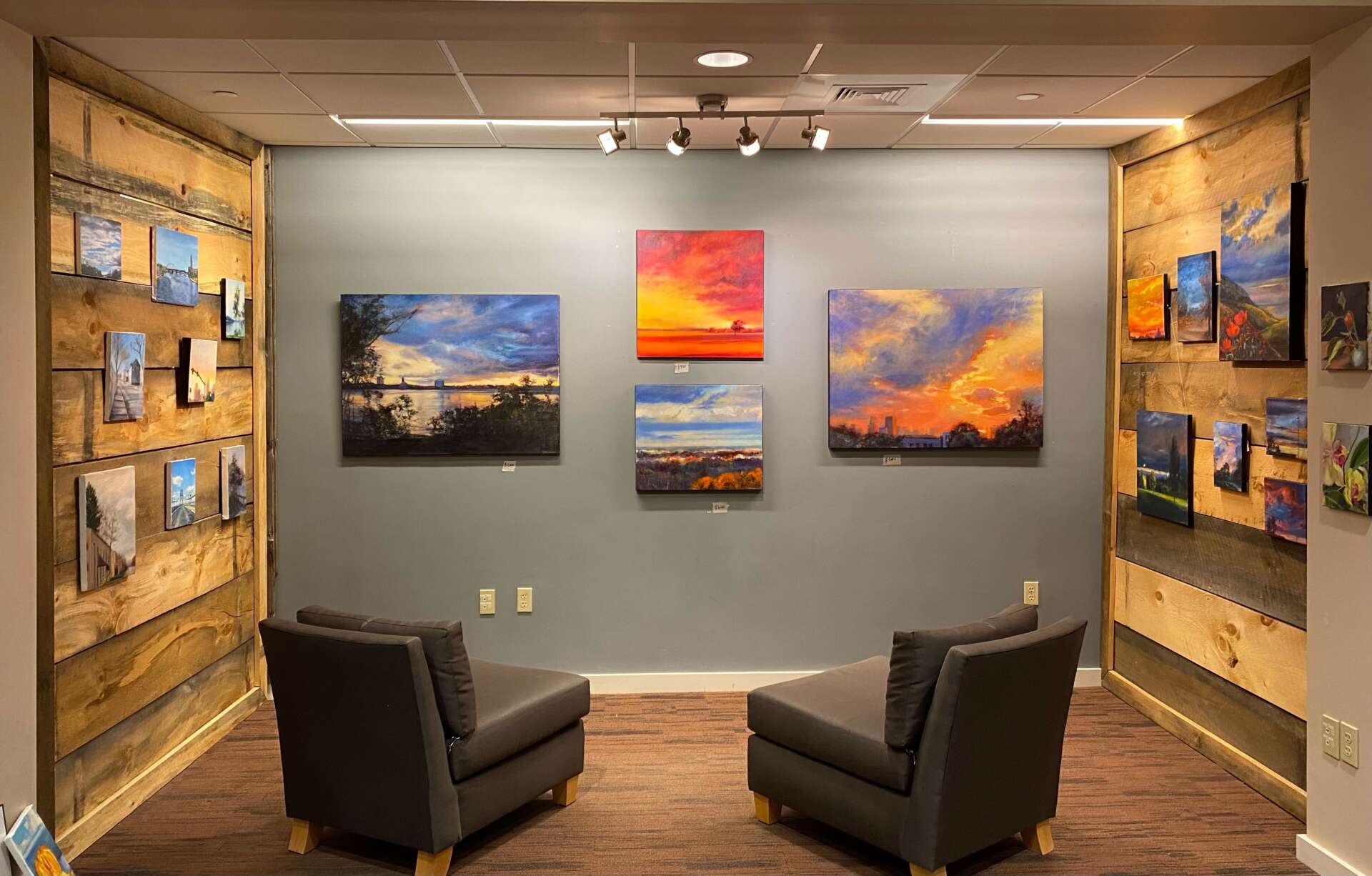
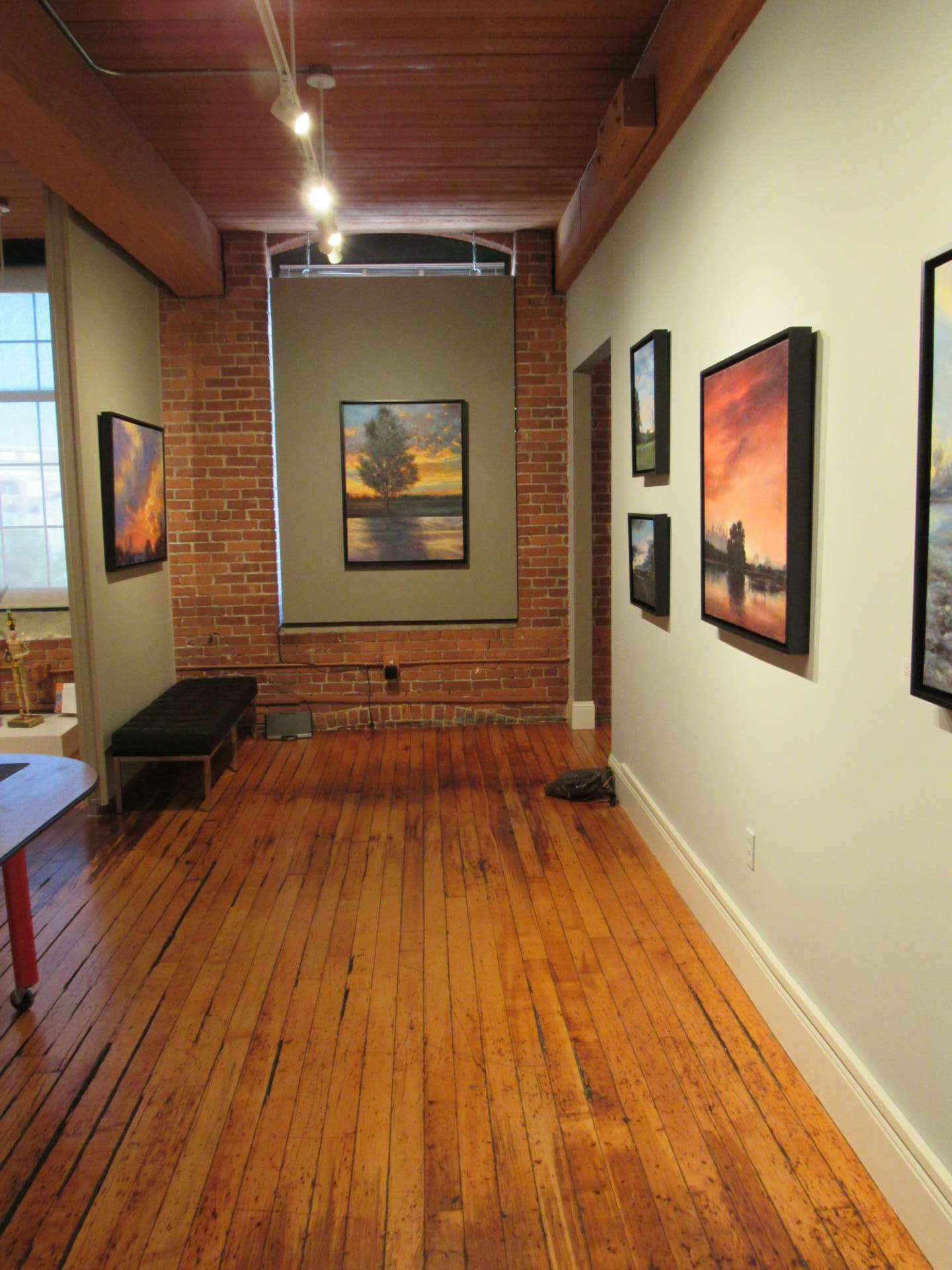
Let’s talk about resilience next – do you have a story you can share with us?
1. My journey has been one of resilience. Throughout life’s demands, I’ve made a point of consistently carving out time, regardless of the circumstances, for making work. Earlier in my life, I painted each day after I worked a full-time job. When I was raising little kids on my own, I painted every day when they went to bed for the night. When I could not physically get into my studio, I actively thought about the piece I would make next. I’d make notes about it and draw sketches on whatever piece of paper I could find. Sometimes, because of time constraints and schedule conflicts, I used my car as a studio. Wherever I went and however I went, my art came with me.
After I decided to pursue art full-time, I had to take a leap of faith as I figured out how I would transition from one career to another. The path was not without bumps but I was determined so I poured every ounce of energy into promoting my work and into establishing a career in academia. Eventually I found success selling my work, secured an academic position and fell in love with teaching. During the tumultuous and painful times in life, I consistently made work, even if I was unhappy or unhappy with the end result. Those “failures” channeled parts of me that I would not have known without hardship and informed my work in ways that I did not know
at the time.
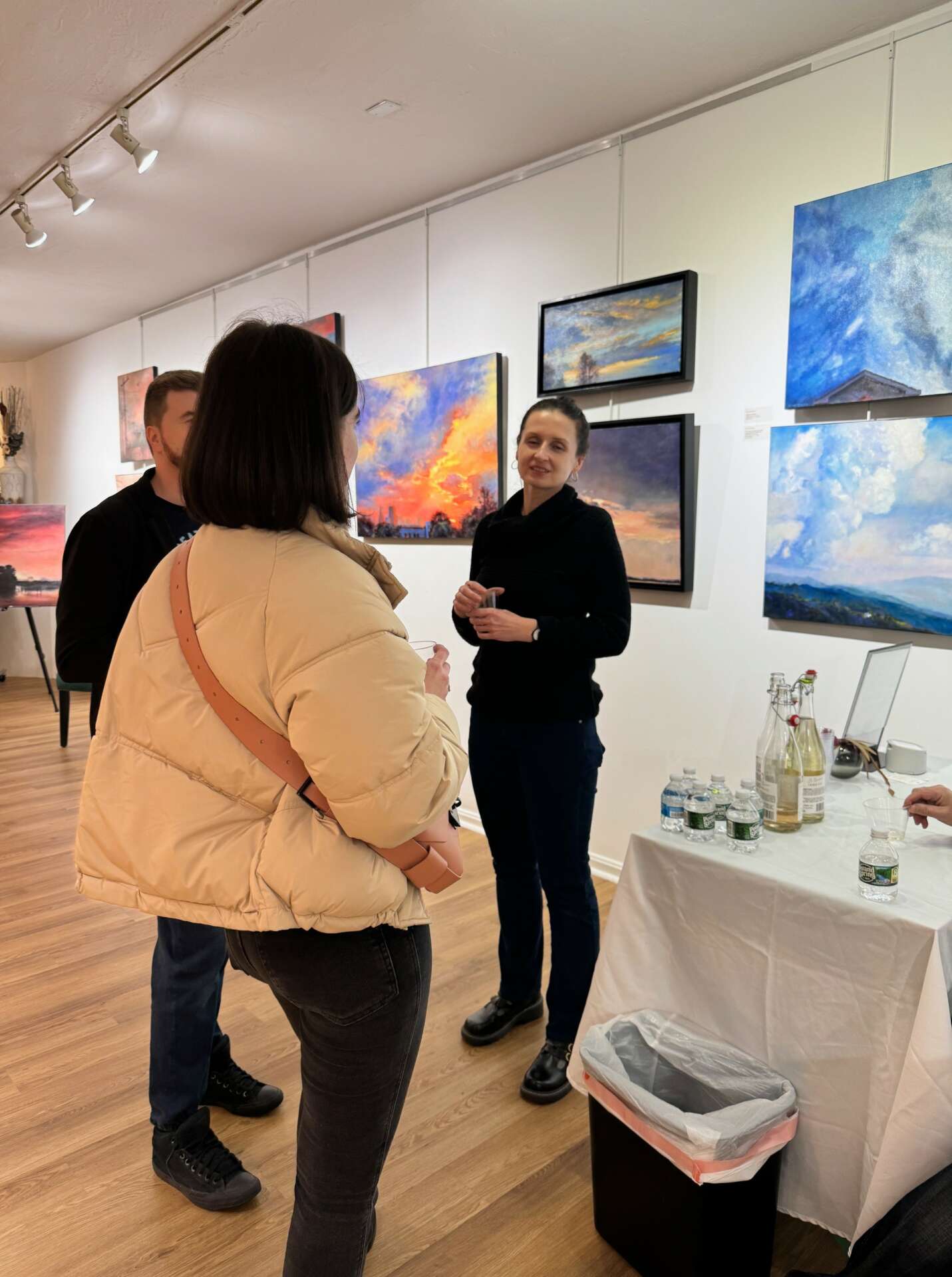
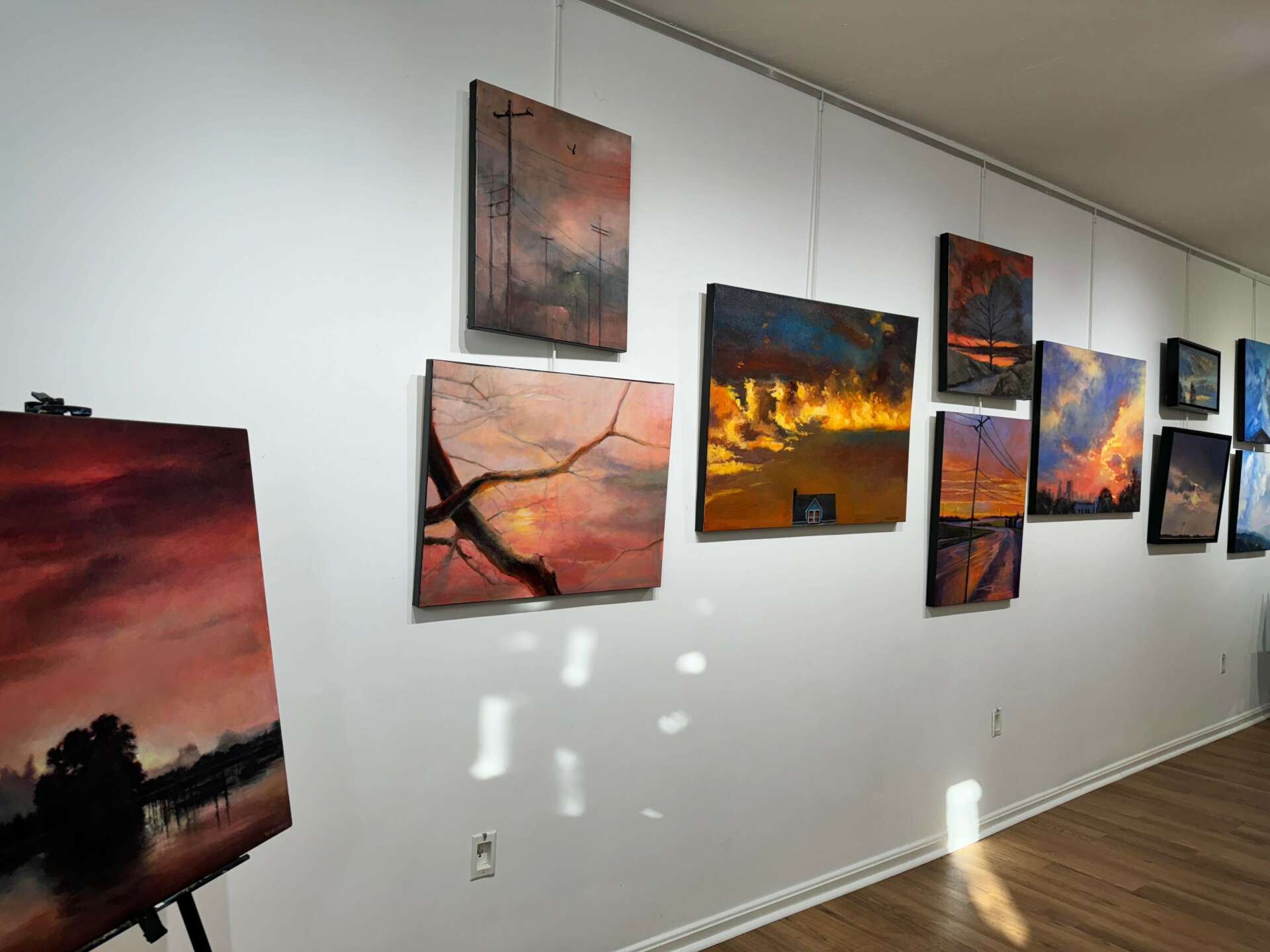
How can we best help foster a strong, supportive environment for artists and creatives?
There needs to be a way for society to connect to its own humanity. So much focus is on the bottom line and physically quantifiable achievement. Creatives are driven by less tangible things. By making and sharing art, they enable us to connect to each other and to our collective experience as human beings. The benefits of unity and mutual understanding are invaluable. The best way for society to support artists is on an individual basis: if you know a creative, encourage them to be who they are.
Contact Info:
- Website: www.ewastudio.com
- Instagram: ewa_romaszewicz
- Facebook: Ewa Romaszewicz
- Linkedin: Ewa Romaszewicz


